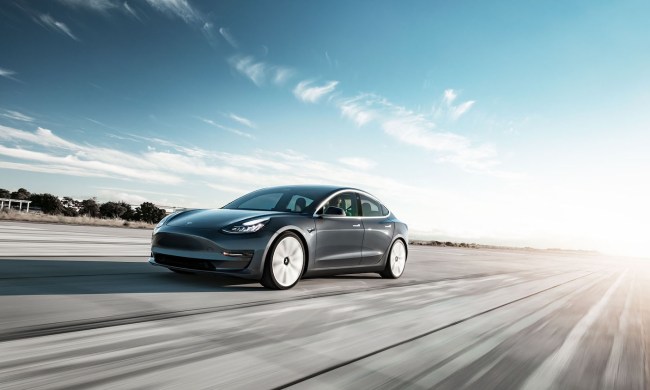At its booth at CES, the company is showcasing technology for cars of yesterday, today, and tomorrow, with hopes of proving that much of today’s technology can be implemented in the cars of yesteryear. They’ve outfitted a 1967 Datsun Roadster, for example, with modern speakers, a GPS system, and more. But can a car from five decades ago do what some of the cars of the present are doing, and drive themselves? That, Cardenas said, is where things get tricky.
While it’s true that you don’t have to get a new car to get the latest tech, Cardenas told us that there are a number of legal issues when it comes to outfitting a car from the ’60s with self-driving technology of 2017. “Who owns the liability?” Cardenas asked. Is it the tech company (like Pioneer) who provides innovations like light detection and ranging (lidar) systems to help the cars “see” the road, or is it the carmaker itself who must take responsibility in case of an accident?
Either way, finding a way for older and newer cars to coexist in a futuristic environment is key to self-driving technology, Cardenas said. Perhaps most important will be vehicle to vehicle communication. While a number of modern cars know how to “talk” to one another, equally important will be their ability to talk to more aged models. And as vehicles learn how to better communicate, we’ll get closer and closer to true autonomy on the road.
“There are six levels of autonomy,” Cardenas said, with zero being an entirely manual situation, and five being completely autonomous. “Today, we’re at level two,” he continued, and to get to level five will take another few decades yet. After all, it’s not just about getting self-driving cars. Infrastructure like highways, stoplights, and other traffic signals will have to adapt to a self-driving future over the next few decades.
“It’ll be a fun 30 to 40 years,” Cardenas concluded.
Digital Trends is live all week at CES 2017 in Las Vegas. Check out our continuing coverage live on YouTube, Facebook, #DTces, and DigitalTrends.com/ces/.


